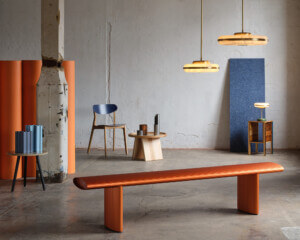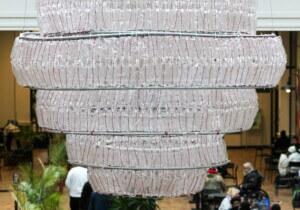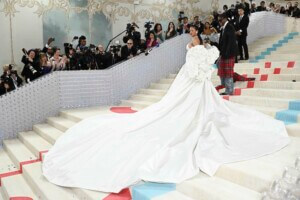Tadao Ando’s architecture strives for perfection, with glass-smooth concrete walls nearly as reflective as mirrors, ideal proportion and geometry creating a sacred sense of space, and design details that reveal no part of a building is too small for consideration. In fact, as one story goes, Ando requested that a foot-thick concrete wall at his Pulitzer Foundation for the Arts in St. Louis be rebuilt multiple times since it didn’t meet his strict standards.
The Pulitzer, one of only a handful of buildings the Japanese architect has completed in the United States and the first in the US intended for public use, opened in 2001, demurely set behind a concrete wall in the city’s Grand Center neighborhood. This Friday and Saturday (February 8 and 9), the Pulitzer Foundation for the Arts and Washington University in St. Louis are hosting the free Building Pulitzer colloquium looking back at the four-year construction period of Ando’s Pulitzer Foundation.
According to Liane Hancock, architecture professor at Louisiana Tech University and co-organizer of Building Pulitzer, “The goal of the colloquium is to reveal how a building designed by an internationally recognized architect is actually brought to fruition.” Multiple events taking place at Ando’s Pulitzer Foundation and at the Fumihiko Maki-designed Steinberg Auditorium at Washington University will consider the Pulitzer’s design and four-year construction process. Hancock continued:
Tadao Ando asked for one simple thing—that the local designers and contractors give their personal best to the project. As the team learned more and more how to meet the challenges of the building, their personal best continuously improved. What is pretty amazing is how both the architects of record and the contractors both talk about the environment that was built to encourage collaboration, problem solving, and innovation to meet the tolerances that Ando requested.
A number of events are planned, including a tour of the Pulitzer on Friday and a series of lectures and discussions by architecture professors Liane Hancock, Eric Hoffman of Washington University, Emily Rauh Pulitzer, and others. A keynote lecture on Friday, “Collaboration and Inovation Outside of Japan,” will be delivered by Masataka Yano, associate at Tadao Ando Architect & Associates and project architect for the Pulitzer.
Topics at the Building Pulitzer colloquium include:
- the working structure between Tadao Ando’s team and the St. Louis team (“Working with Osaka”)
- the realization of Ando’s design through unique methods of construction (“Translating Design Intent: Developing Means and Methods”)
- the development of a work environment that fostered construction excellence (“Personal Best: Creating a Receptive Environment for Construction Excellence”)
Professor Liane Hancock and Steve Morby, facilities and construction manager at the Pulitzer, are in the process of writing a book, also called Building Pulitzer, that will include information from the colloquium and interviews with Morby and other key players in the building of the Pulitzer.
Building Pulitzer is free and open to the public. More information and a schedule of events can be found at Washington University in St. Louis.










